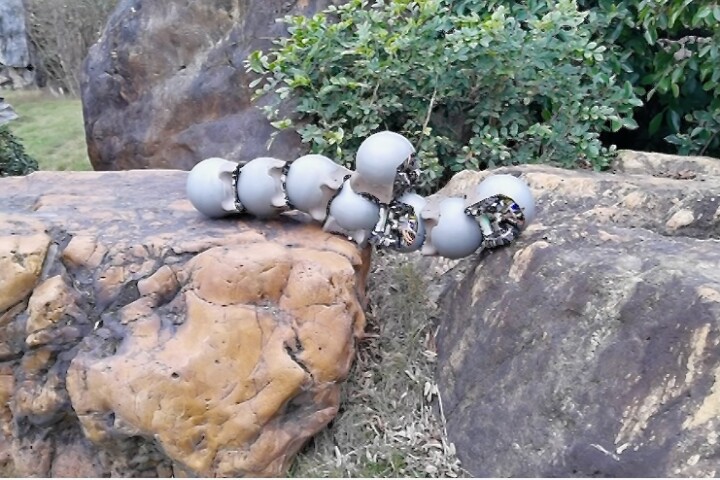For the first time, quantum cryptographers have successfully transmitted a quantum key from a fast-moving object – a Dornier 228 turboprop. The experiment involved sending a secure message from the aircraft to a ground station via laser beam, and can be considered a significant step toward the creation of a network of “unbreakable” satellite data transmissions.
Quantum key distribution
Quantum key distribution (QKD) harnesses the laws of quantum mechanics to facilitate a method of key exchange usually considered absolutely secure against eavesdropping – when implemented correctly, at least. While this belief may seem incautious, such confidence derives from the knowledge that a properly-configured QKD system displays detectable signs if any third-party attempts to monitor or disrupt the communication.

A QKD system also affords enhanced security compared to non-quantum encryption due to quantum bits (or quibits). Quibits are a complex subject in themselves, but put simply, whereas a standard binary bit can only be in a state of either 0 or 1, a quibit can be either 0, 1, or indeed degrees of both, in a process known as quantum superposition.
Up to this point, the bulk of experiments concerning QKD have focused on either the use of telecom fiber channels or direct line of sight over short distances and static positions. Herein lies the crux of the new research: Researchers at the German Aerospace Center (DLR), working in collaboration with Ludwig-Maximilians-Universität in Munich, have taken existing QKD technology and brought it closer to leaving the confines of science labs, and into a practical application in the real world.
When Bob met Alice
In a bid to approximate the type of conditions which would need to be overcome in the creation of a satellite-based QKD system, the DLR scientists tasked a DLR Dornier Do 228-212 research aircraft with beaming a laser signal containing QKD mid-flight. This required an impressive degree of accuracy, while also compensating for the vibrations and movement which a flight inevitably produces.

Inside the aircraft, a laser system dubbed “Alice” and all the other associated equipment was mounted atop a 500 x 800 mm (19 x 31 in) optical bench, itself shock-mounted to the plane’s seat rails. Alice initially made contact with the ground station – “Bob” – via GPS, and following this, the two kept track of each other with a low-rate ultrahigh-frequency (UHF) telemetry link.
From here, the quantum key was sent via laser – though even this step posed certain challenges. In classical free-space communication, a large distance would usually simply require the scientists to “turn up the juice,” but the intensity of the QKD beam needed to be at the single-photon level. Therefore, to ensure a stable connection, the beam was narrowed to just 3.4 meters (11 feet) diameter, at a distance of 20 km (12 miles). The BB84 quantum cryptography protocol was then duly sent and received successfully.
"We didn't know how well this would work; it had never been done before,” said Florian Moll from the DLR Institute of Communications and Navigation. “It was great to experience."
Having proven the possibility of sending a quantum key from a fast moving object via laser, the researchers next intend to work toward a applying the technology to producing a workable system of QKD satellite transmission.
The research was published in the journal Nature Photonics.
Source: DLR







